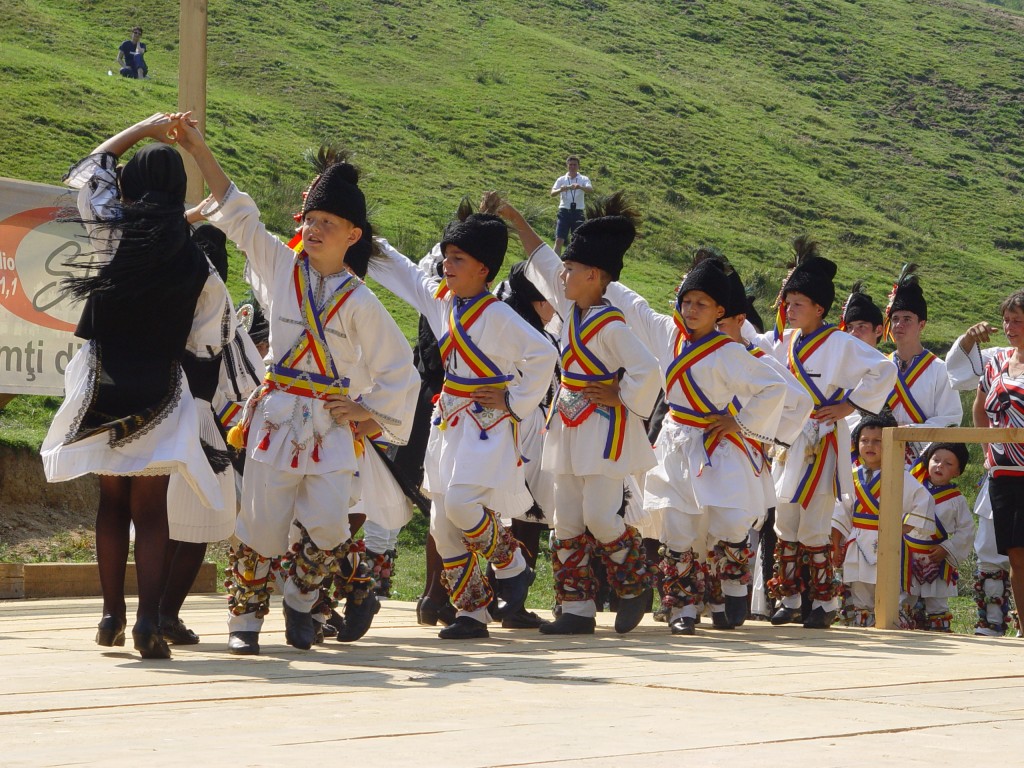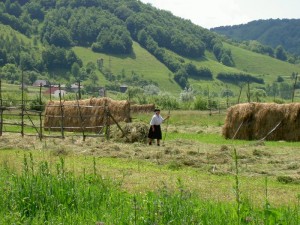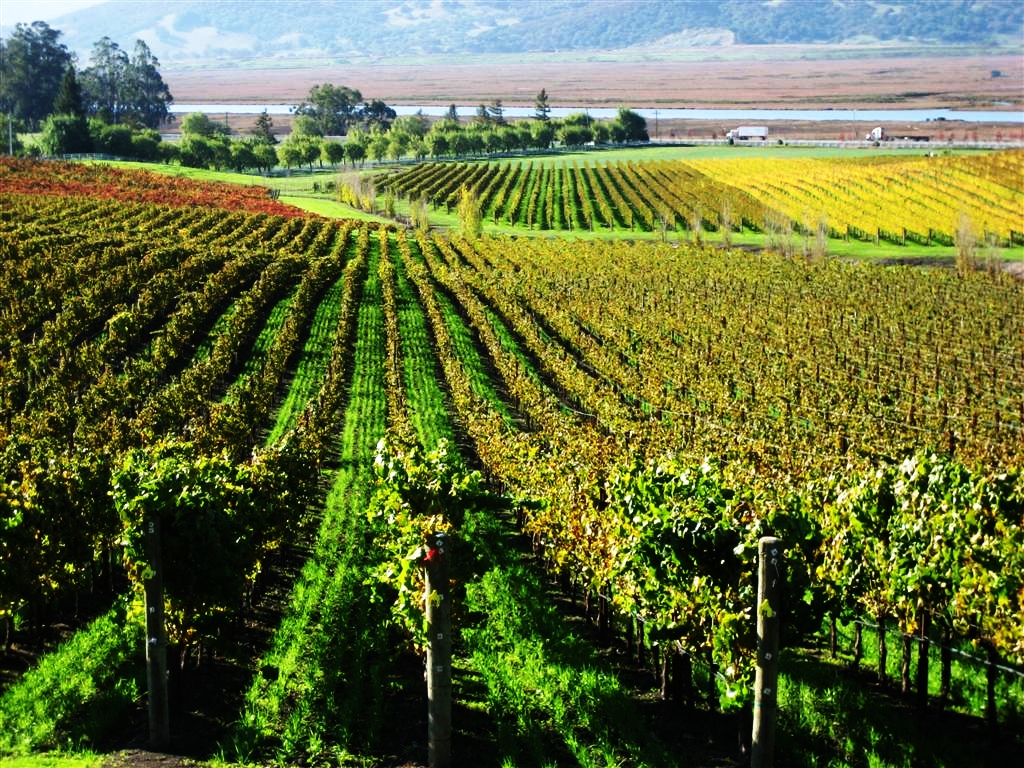Forms of Alternative Tourism
The means of alternative tourism combine various tourism products and services. Alternative tourism is different from the mass tourism because of its organization and also because of the human resources involved in it. The main sectors of the alternative tourism are rural tourism, ecotourism, adventure tourism, thematic tourism – which is connected to cultural and historic, religious, viticultural, culinary and ethnographic heritage.
- Rural tourism or agrotourism is a change of the alternative tourism. Its origin is strongly connected with the post-war reconstruction of Western Europe, especially of France, where the migration to the city is limited, the rural revitalization being done by facilitating the farmers’ initiative in tourism. Rural tourism is characterized as a stay in the countryside, characterized by the access to a farm and the interaction with the locals. These stays can be part of a round trip, a weekend trip or a longer staying. In all cases, the tourist expects to take part in the daily activities of the locals – from gathering fruits and vegetables from the farm, cooking traditional foods, celebrating local holidays, to watching or learning traditional crafts or agricultural and folkloric traditions. Most of the time, these activities are combined with other tourist practices such as hikes, cycling, horse riding, visiting monasteries, museums, archaeological sites or other landmarks.


- Ecotourism appeared in the mid 80’s, when people started traveling to far places, especially to natural reserves. This type of tourism is practiced in places where nature is undisturbed by men and it aims to protect the environment and help raising the standard living of the local populations. It is based on the observation of nature and forms a new connection between the tourism operators, travel agencies, local communities, organizations, protected areas, scientific communities etc. Among the goals of ecotourism are minimalizing the negative impact of the tourism on the enviroment, informing the tourists about local regulations, participating in regional nature conservation programs and influencing visitors’ behavior. The most various programs of ecotourism are conducted in countries with a well-preserved biodiversity and well-managed natural parks, meaning local communities with well-preserved traditions.
- Adventure tourism is a combination of new tourist practices dominated by the relationship that the tourist has with the nature. This type of tourism differs from season to season and it has its followers among the youth and people working in stressful environments, but also among those who conceive their vacations as an event in which they are active. Lately, adventure tourism has been gaining ground over other types of mass tourism or alternative tourism, also because of the people’s wishes of spending their free time surrounded by nature. The dynamic development of this sector of alternative tourism is the fastest in the world and, fortunately, Romania has a large variety of resources for its development.
- Thematic tourism is represented by the tourist routes with particular topics, such as Drumul brânzei (The Cheese Road) in Mărginimea Sibiului (shepherd’s tradition), Poveștile Măcinului (The Măcin Stories) in Măcin Mountains National Park (the history, fauna and flora of Dobrogea), Satu Mare – izvor de sănătate (Satu Mare – source of health), in the balneary villages in the county namesake (balneary and health tourism) or Bucovina tradițională (Traditional Bucovina), route that includes visiting monasteries from Bucovina that are in the UNESCO World Heritage (religious/ethnographic). In Arad county, this type of tourism is represented, or it could be by the tourist routes conducted in Drumul Vinului (Wine Road), Circuitul cetăților arădene (The circuit of Arad’s citadels), Circuitul bisericilor de lemn de pe Valea Mureșului (The circuit of wooden churches on Mures Valley) etc.

foto – blogaradean.wordpress.com

